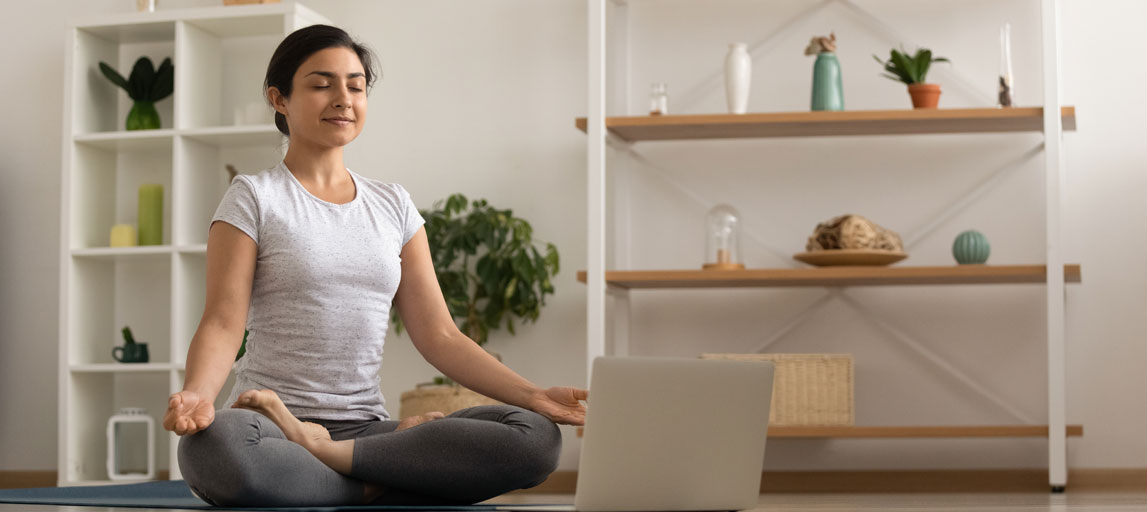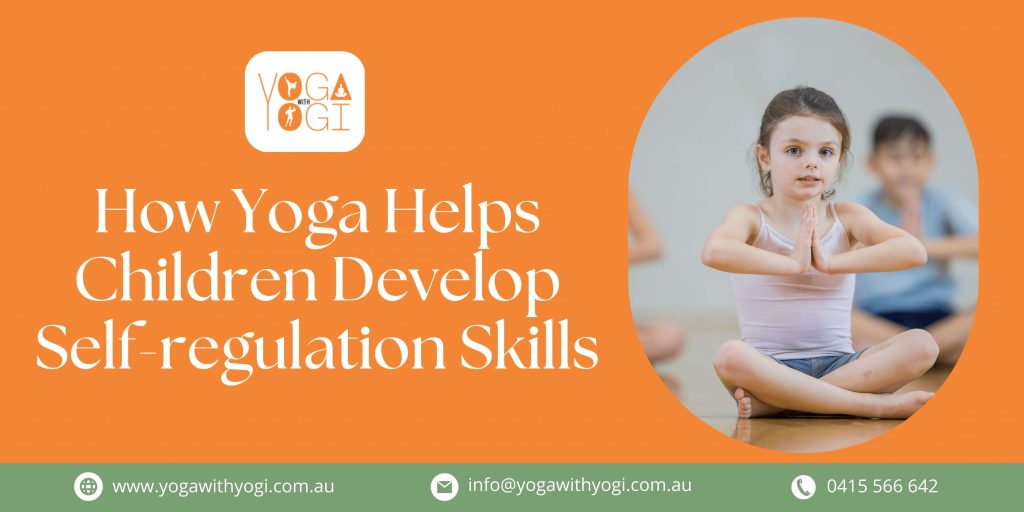Do you want your youngster to maintain composure under pressure? If the answer is yes, your kid needs to start doing yoga. Yoga aids in the development of children’s self-control. Yoga for kids online can also help to start.
What is self-regulation?
The ability of children to monitor and manage their behavior, energy, emotions, and thoughts in a way that is acceptable to their parents, caregivers, and themselves in any given scenario is known as self-regulation. It involves resisting the impulse to react to a stimulus in a highly emotional demeanour. Simply put, it means that kids can control their emotions in stressful situations like not obtaining the object they wanted, meeting strangers, or disrupting a routine.
Children respond to situations in various ways. Some children react instantly with strong emotions, while others gradually accumulate strong feelings before expressing them in outbursts. Teaching kids to manage their strong emotions and express themselves in less disruptive ways is essential.
Self-regulation is not limited to a child’s emotional wellbeing. It also holds true for their social interactions and cognitive function. A child’s inability to soothe itself can interfere with their ability to study in the classroom. Let’s say a kid is experiencing too much emotion and is unable to manage it. They would then find it difficult to pay attention to their professors and would therefore miss the lessons. Their connections will suffer if they are unable to move aside for other kids whether playing games or in a line.
How does it help children?
When taught under the guidance of the experts of online yoga Australia, your kid can get better at self-regulation. This is how it can help –
Through Improving Cognition and Metacognition
Children frequently make impulsive decisions. Particularly when they are overcome by emotions, they don’t carefully consider their responses before behaving. The youngster can learn to concentrate on one feeling at a time through yoga. This makes it simpler for them to process thoughts and emotions while also assisting them in identifying their feelings. Additionally, it aids with metacognition, or the capacity to reflect on one’s own thoughts. Children who are taught metacognition can determine whether or not their thoughts are useful in a given scenario.
Through Improving Compassion to Self and Others
Yoga is a meditative exercise. Children who practise it develop the ability to be conscious of their thoughts and feelings. They consider how they interact with others and with themselves as a result of this awareness, which increases their compassion and empathy.
Through Improving Focus and Concentration
Focusing and concentrating are necessary for practising self-regulation abilities. Children must concentrate on the objective or a specific task in order to manage themselves. Numerous studies demonstrate that doing yoga considerably increases focus and concentration. Children who consistently do yoga will therefore have better attention spans and participate and engage in society as a whole, at home and in school, in an acceptable manner.
Yoga Exercises for Self-Regulation
Flower Breath
- Allow the children to settle into a cosy place.
- Encourage them to spread out their fingers and join their thumbs, pinky fingers, and wrists.
- They should be instructed to close their eyes and see a flower in front of them. Next, tell them to exhale while pouting their lips, as if they were blowing a flower, by taking a breath through their nose.
- repeat five times.
Cat and Cow Pose
- Begin on the floor with your hands and knees together.
- Inhale and look up while arching your back.
- Exhale as you tuck your tailbone and make the chin reach your chest
- Repeat at least five times more.
Butterfly Pose
- Stretch your legs out in front of you as you sit down on the ground.
- Then, with the knees out to the sides, bring the soles of the feet together.
- Grab your shins or ankles.
- Maintain this position for at least five breath cycles.





